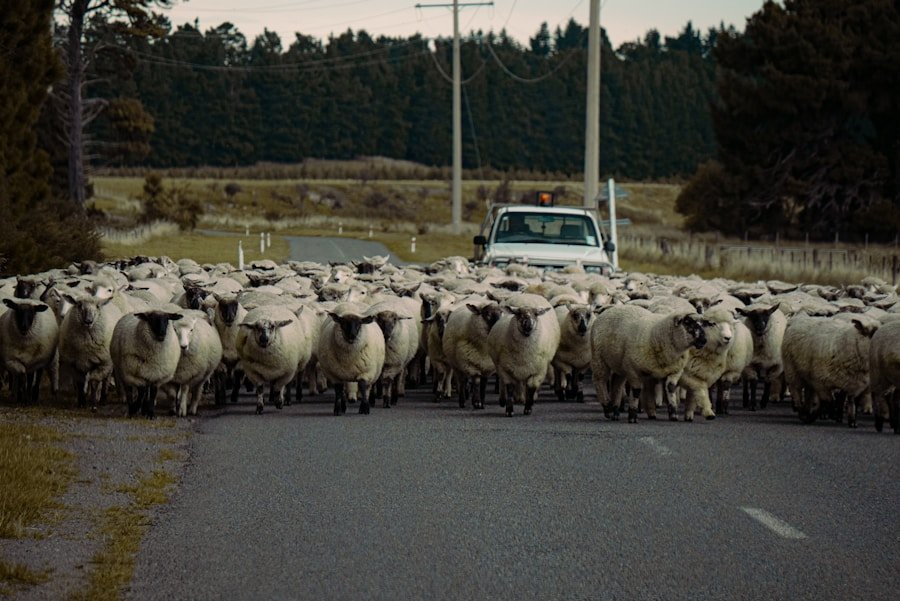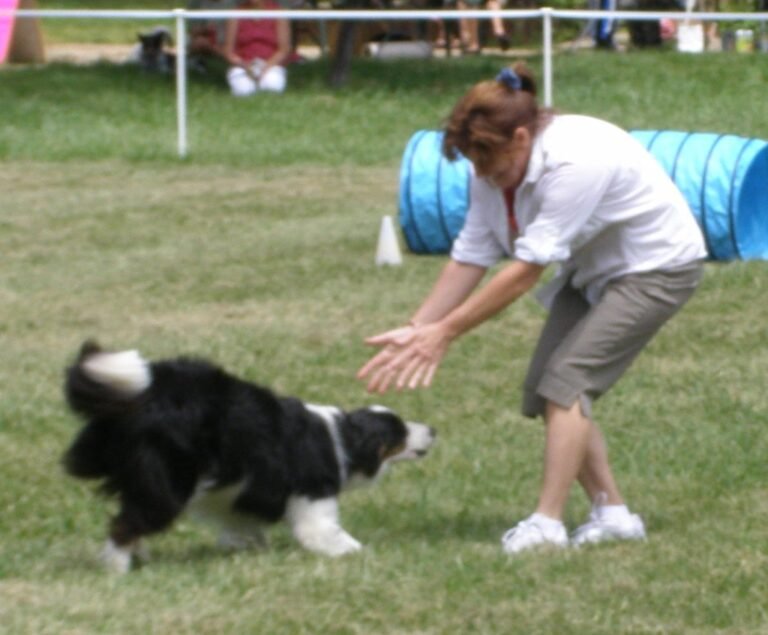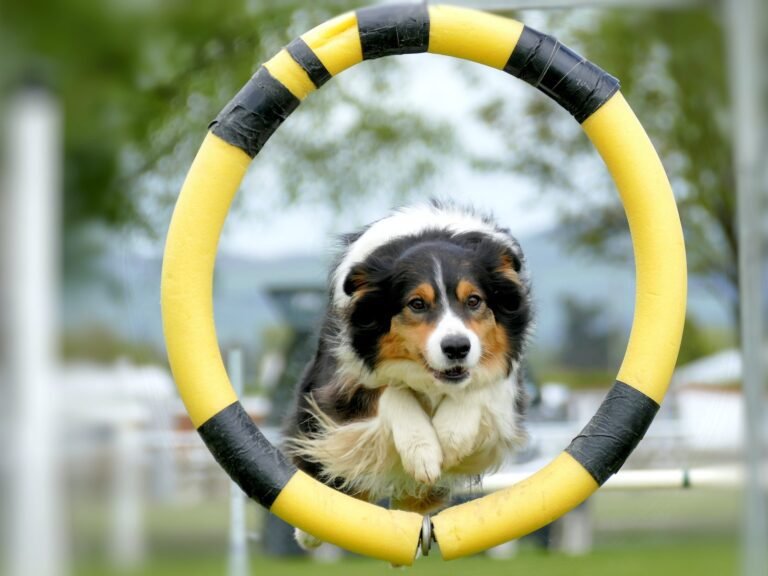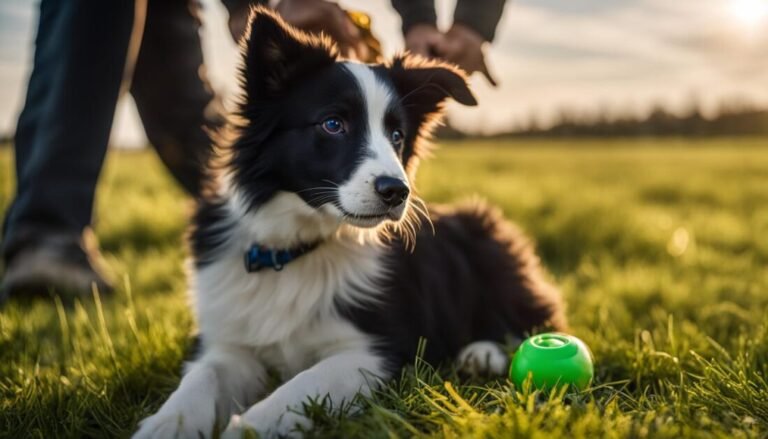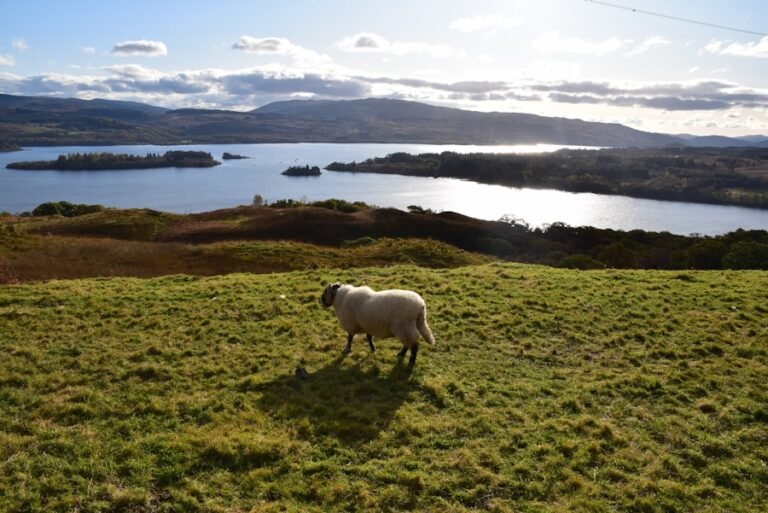The Evolution of Border Collies: Tracing Back to Their Breeding Roots
The Border Collie is a breed of herding dog that originated in the border region between England and Scotland. The breed’s name is derived from its geographical origins, as it was developed in the border region of Northumberland and Cumberland. The exact origins of the Border Collie are not well-documented, but it is believed that the breed has been around for centuries. The Border Collie’s ancestors were likely brought to the British Isles by the Romans, who used them as herding dogs. Over time, these dogs were bred with local working dogs, resulting in the development of the Border Collie as we know it today.
The Border Collie’s intelligence, agility, and strong herding instincts made it an ideal working dog for shepherds in the border region. The breed’s ability to work long hours in challenging terrain made it highly valued by farmers and shepherds. The Border Collie’s natural herding abilities and strong work ethic made it an indispensable part of the agricultural industry in the border region. As the demand for sheepdogs grew, the Border Collie’s popularity spread beyond the border region and eventually throughout the United Kingdom and beyond.
The Development of Border Collies as Working Dogs
The development of the Border Collie as a working dog was driven by the need for a highly skilled and versatile herding dog in the border region. The breed’s early development was focused on producing dogs with exceptional herding instincts, intelligence, and stamina. Border Collies were selectively bred for their ability to work independently and make quick decisions in the field. These traits made them well-suited for herding sheep in the rugged and often unforgiving terrain of the border region.
The Border Collie’s development as a working dog was also influenced by the changing needs of the agricultural industry. As farming practices evolved, so too did the role of the Border Collie. The breed’s adaptability and willingness to learn new tasks made it an invaluable asset to farmers and shepherds. Border Collies were used not only for herding sheep, but also for other tasks such as guarding livestock, controlling pests, and even pulling carts. The breed’s versatility and work ethic made it an essential part of the agricultural workforce in the border region and beyond.
The Influence of Shepherd Dogs on the Border Collie Breed
The Border Collie’s development as a working dog was heavily influenced by the shepherd dogs that were brought to the British Isles by the Romans. These early shepherd dogs were likely a mix of different breeds, including the ancestors of the modern Border Collie. Over time, these dogs were selectively bred for their herding abilities, resulting in the development of the Border Collie as a distinct breed. The influence of these early shepherd dogs can still be seen in the Border Collie’s strong herding instincts and natural ability to work with livestock.
The Border Collie’s development was also influenced by the introduction of new breeds to the British Isles. For example, the introduction of the Old Hemp, a particularly skilled herding dog, had a significant impact on the development of the Border Collie. Old Hemp’s exceptional herding abilities and intelligence were passed down to his offspring, shaping the breed’s characteristics for generations to come. The influence of these early shepherd dogs and other breeds played a crucial role in shaping the Border Collie into the highly skilled and versatile working dog that it is today.
The Role of the Border Collie in the Agricultural Industry
The Border Collie has played a vital role in the agricultural industry for centuries. The breed’s exceptional herding abilities and strong work ethic made it an indispensable part of the workforce on farms and ranches. Border Collies were used to herd sheep, cattle, and other livestock, as well as to perform a variety of other tasks such as guarding and pest control. The breed’s versatility and adaptability made it well-suited for the diverse and often demanding needs of the agricultural industry.
The Border Collie’s role in the agricultural industry was not limited to herding livestock. The breed was also used for tasks such as pulling carts, delivering messages, and even hunting. Border Collies were valued for their intelligence, agility, and willingness to work, making them highly versatile and valuable assets to farmers and shepherds. The breed’s ability to work long hours in challenging conditions made it an essential part of the agricultural workforce, and its impact on the industry cannot be overstated.
The Impact of Selective Breeding on Border Collie Traits
Selective breeding has played a significant role in shaping the traits and characteristics of the Border Collie. Over the centuries, breeders have carefully selected dogs with the desired traits, such as intelligence, agility, and strong herding instincts, to produce the next generation of working dogs. This selective breeding has resulted in the development of the Border Collie as a highly skilled and versatile herding dog with exceptional work ethic and intelligence.
One of the most important traits that has been shaped by selective breeding is the Border Collie’s strong herding instincts. Breeders have worked to preserve and enhance the breed’s natural ability to work with livestock, resulting in a dog that is highly responsive and effective in the field. Selective breeding has also played a role in shaping the Border Collie’s intelligence and problem-solving abilities, making it a highly adaptable and quick-thinking working dog. The impact of selective breeding on the Border Collie’s traits cannot be overstated, as it has been crucial in shaping the breed into the highly skilled and versatile working dog that it is today.
The Evolution of Border Collies in Different Geographic Regions
The Border Collie’s evolution has been shaped by its adaptation to different geographic regions. As the breed spread beyond the border region, it encountered new environments and working conditions that influenced its development. In different regions, Border Collies were selectively bred for traits that were best suited to the local terrain and farming practices. This resulted in the development of different lines of Border Collies with distinct characteristics and working styles.
For example, Border Collies in the United States were bred for their ability to work with cattle, while those in Australia were bred for their herding abilities in wide-open spaces. These regional variations in breeding practices have resulted in different lines of Border Collies with unique traits and working styles. The breed’s evolution in different geographic regions has contributed to its versatility and adaptability, making it well-suited for a wide range of working environments and tasks.
The Border Collie’s Adaptation to Modern Farming Practices
The Border Collie has adapted to modern farming practices by continuing to demonstrate its value as a highly skilled and versatile working dog. As farming practices have evolved, so too has the role of the Border Collie. The breed’s ability to work independently and make quick decisions in the field has made it well-suited for modern farming practices. Border Collies are used not only for herding livestock, but also for tasks such as pest control, guarding, and even search and rescue.
The Border Collie’s adaptability and willingness to learn new tasks have made it an invaluable asset to farmers and ranchers in the modern agricultural industry. The breed’s intelligence, agility, and strong work ethic have allowed it to continue to play a vital role in the workforce, despite the changes in farming practices. The Border Collie’s ability to adapt to modern farming practices has ensured its continued relevance and importance in the agricultural industry.
The Border Collie’s Transition to Companion and Sporting Roles
In addition to its traditional role as a working dog, the Border Collie has also transitioned to companion and sporting roles. The breed’s intelligence, agility, and trainability have made it well-suited for a wide range of activities, including obedience, agility, flyball, and even search and rescue. Border Collies are also popular as companion animals, thanks to their loyal and affectionate nature.
The breed’s transition to companion and sporting roles has allowed it to showcase its versatility and adaptability in new and exciting ways. Border Collies excel in a variety of activities and sports, thanks to their exceptional athleticism and intelligence. The breed’s transition to companion and sporting roles has allowed it to continue to thrive and make a positive impact in the lives of people around the world.
The Border Collie’s Influence on Other Breeds
The Border Collie has had a significant influence on other breeds, thanks to its exceptional herding abilities and intelligence. The breed’s strong work ethic and versatility have made it an ideal candidate for crossbreeding with other breeds to produce working dogs with specific traits and characteristics. Border Collies have been crossed with other breeds to produce dogs with enhanced herding abilities, intelligence, and agility, resulting in the development of new and highly skilled working dogs.
The Border Collie’s influence on other breeds can also be seen in the world of dog sports and activities. The breed’s exceptional athleticism and trainability have made it a popular choice for crossbreeding with other breeds to produce dogs with the desired traits for various sports and activities. The Border Collie’s influence on other breeds has been significant, and its impact on the world of working dogs and dog sports cannot be overstated.
The Future of Border Collies: Maintaining Their Working and Genetic Integrity
As the Border Collie continues to evolve and adapt to new environments and working conditions, it is important to maintain the breed’s working and genetic integrity. The breed’s exceptional herding abilities, intelligence, and strong work ethic are essential traits that must be preserved through responsible breeding practices. It is crucial to continue to selectively breed Border Collies for their working abilities, as well as to ensure the health and genetic diversity of the breed.
In addition to maintaining the breed’s working and genetic integrity, it is also important to continue to promote the Border Collie’s versatility and adaptability in a wide range of working environments and tasks. The breed’s ability to excel in different roles, from herding livestock to participating in dog sports, is a testament to its exceptional athleticism and intelligence. By continuing to showcase the Border Collie’s versatility and adaptability, we can ensure that the breed remains relevant and important in the agricultural industry and beyond for generations to come.

